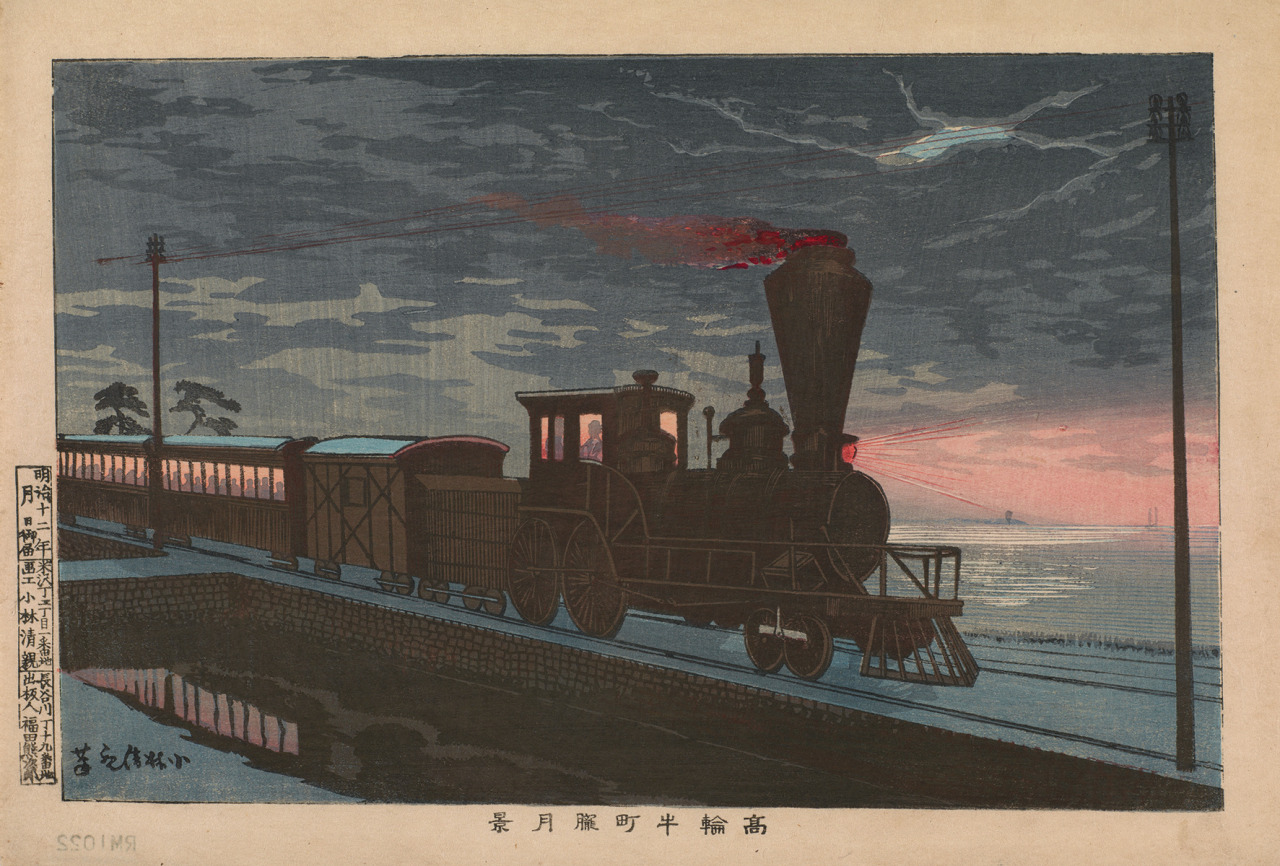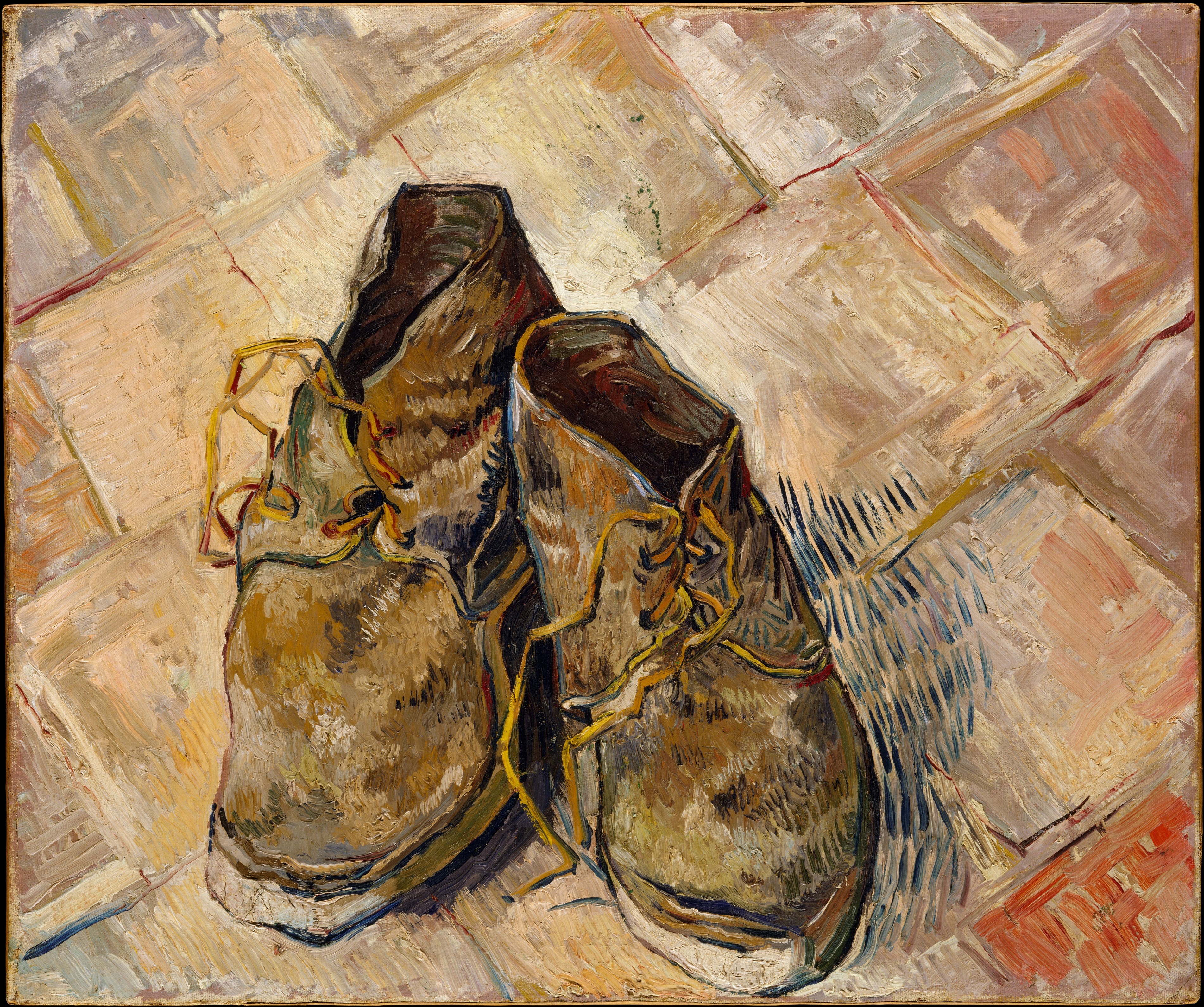Last February I read Natsume Soseki’s book “The Thee-Cornered World” for the first time and it left a deep impression on me so I decided to read it again this month, and spread the word of its beauty.

Hashiguchi Goyo, Hot Springs Inn
The story is told in the first person. The main character is a nameless thirty-year old artist, a poet and a painter, who set on a journey to the mountains in search of Beauty and the true meaning of art. He stays at a hot spring resort where he is the only guest. One moonlit night he hears a woman singing in the garden. This mysterious beauty, called Nami, captures his imagination, but not in a romantic but in an artistic way. The plot is simple and the story is not a dynamic one full of events and exciting adventures. Instead, Soseki fills the pages with essay-like meditations on art and nature as the narrator tries to explain to us and himself what is means to be an artist and the bliss of being in the state of inspiration.
Another thing, the narrator loves Percy Shelley’s poetry and is infatuated with John Everett Millais’ painting “Ophelia”, especially with her face expression which he think reveals a body not suffering, but finding serenity in death. The narrator puts an emphasis on the sensitivity to beauty around you, whether it’s a pale face of a beautiful woman, a shoji paper, crimson camellia petals on a surface of a dark lake, a cherry tree in bloom or the gentle rays of sun coming into the room. Contemplation gives birth to moments of inspiration, and throughout the novel the narrator composes haiku poems and dreams of painting a perfect painting; not on canvas but in his imagination because he thinks being an artist is a state of mind rather than a skill or an occupation. To put it simply, if you like the narrator and his world views, you will enjoy the novel as well. The book invites the reader to stillness and sweet contemplation of beauties around you.
The original title of the book is “Kusamakura” which literally means “Grass Pillow”, and the term in Japanese carries a symbolic meaning, implying a journey without a specific destination. Another translation of the book is “The Three-Cornered World”, which comes from this quote:
“I suppose you could say that the artist is one who lives in a three-cornered world, in which the corner that the average person would call “common sense” has been sheared off from the ordinary four-square world that the normal inhabit.”
The quote continues: “For this reason, be it in nature or in human affairs, the artist will see the glitter of priceless jewels of art in places where the common herd fears to tread. The vulgar mind terms it “romanticizing,” but it is no such thing. In fact, the phenomenal world has always contained that scintillating radiance that artists find there. It’s just that eyes blinded by worldly passions cannot see the true nature of reality. Inextricable entanglements bind us to everyday success and failure and by ardent hopes – and so we pass by unheeding, until a Turner reveals for us in his paintings the splendour of the steam train, or an Okyo gives us the beauty of the ghost.”
 John Everett Millais, Ophelia, 1852
John Everett Millais, Ophelia, 1852
Here is a beautiful dialogue between the narrator and Nami, in the ninth chapter:
“Where were you, in fact? The abbot was asking about it, guessing you must have gone off for a walk again.”
“Yes, I walked down to the Mirror Pool and back.”
“I’d like to go there sometime….”
“Please do.”
“Is it a good place to paint?”
“It’s a good place to drown yourself.”
“I don’t have any intention of doing that just yet.”
“I may do it quite soon.”
This joke is uncomfortably close to the bone for mere feminine banter, and I glance quickly at her face. She looks disconcertingly determined.
“Please paint a beautiful picture of me floating there – not lying there suffering, but drifting peacefully off to the other side of the world.”
“Eh?”
“Aha, that surprised you, didn’t it? I’ve surprised you, I’ve surprised you!”
She rises smoothly to her feet. Three paces take her across to the door where she turns and beams at me. I just sit there, lost in astonishment.
***

Hashiguchi Goyo, Woman at a Hot Spring Hotel, 1920
Also interesting, in one chapter the narrator is reading a Western book, but not from the first to the last page, but dipping in here and there, not following the plot but relishing in beauty of the words, and Nami finds it strange, but insists that he reads it to her out loud. The narrator says:
It’s because I’m an artist that I don’t need to read a novel from cover to cover. On the other hand, wherever I choose to dip in is interesting for me. Talking to you is interesting too. In fact, it’s so interesting that I’d like to talk to you every day while I’m staying here. Come to think of it, I wouldn’t mind falling in love with you. That would make it even more interesting. But we wouldn’t need to marry, no matter how in love with you I was. A world where falling in love requires marrying is a world where novels require reading from beginning to end.

Kyoto, photo by maco-nonch.
And now the quotes because, at least for me, sometimes the quote make me eager to read the book more than the plot:
“As I climb the mountain path, I ponder –
If you work by reason, you grow rough-edged; if you choose to dip your oar into sentiment’s stream, it will sweep you away. Demanding your own way only serves to constrain you. However you look at it, the human world is not an easy place to live.
And when its difficulties intensify, you find yourself longing to leave that world and dwell in some easier one – and then, when you understand at last that difficulties will dog you wherever you may live, this is when poetry and art are born. (…) We owe our humble gratitude to all practitioners of the arts, for they mellow the harshness of our human world and enrich the human heart.“
“Sorrows may be the poet’s unavoidable dark companion, but the spirit with which he listens to the skylark’s song holds not one jot of suffering. At the sight of the mustard blossoms too, the heart simply dances with delight. Likewise with dandelions, or cherry blossoms.”

Photo found here.
“Yes, here among these mountains, in immediate contact with the phenomena of the natural world, everything I see and hear is intriguing for me.”
“In order to regain the poetic point of view on this occasion, I have only to set up before myself my own feelings, then take a step back from them and calmly, dispassionately investigate their true nature. The poet has an obligation to dissect his own corpse and reveal the symptoms of its illness to the world.”
“While we live in this world with its daily business, forced to walk the tightrope of profit and loss, true love is an empty thing, and the wealth before our eyes mere dust. The reputation we grasp at, the glory that we seize, is surely like the honey that the cunning bee will seem sweetly to brew only to leave his sting within it as he flies. What we call pleasure in fact contains all suffering because it arises from attachment. Only thanks to the existence of the poet and the painter are we able to imbibe the essence of this dualistic world, to taste the purity of its very bones and marrow. The artist feasts on mists, he sips the dew, appraising this hue and assessing that, and he does not lament the moment of death. The delight of artists lies not in attachment to objects but in taking the object into the self, becoming one with it. Once he has become the object, no space can be found on this vast earth of ours where he might stand firmly as himself. He has cast off the dust of the sullied self and became a traveller clad in tattered robes, drinking down the infinities of pure mountain winds.”
“I am floating there aimlessly (…) when from somewhere I hear the plucked notes of a shamisen. (…) But listening idly to the sound of those distant strings makes me wonderfully happy, laying here in a hot bath in a remote mountain village, my very soul adrift in the spring water on a quiet vernal evening, with the rain adding to the delight of the occasion.”
“Yet here this young man sits, beside an artist for whom the sole value of human life lies in dreaming.”
Tags: 1906, Grass-Pillow, Japan, Japanese literature, Kusamakura, lyrical, Millais, Natsume Soseki, Nature, Ophelia, poetic, Poetry, quotes, temple, The Three-Cornered World
 Wassily Kandinsky, Riding Couple (Couple on Horseback), 1906-07
Wassily Kandinsky, Riding Couple (Couple on Horseback), 1906-07













